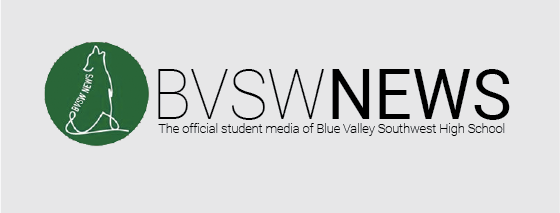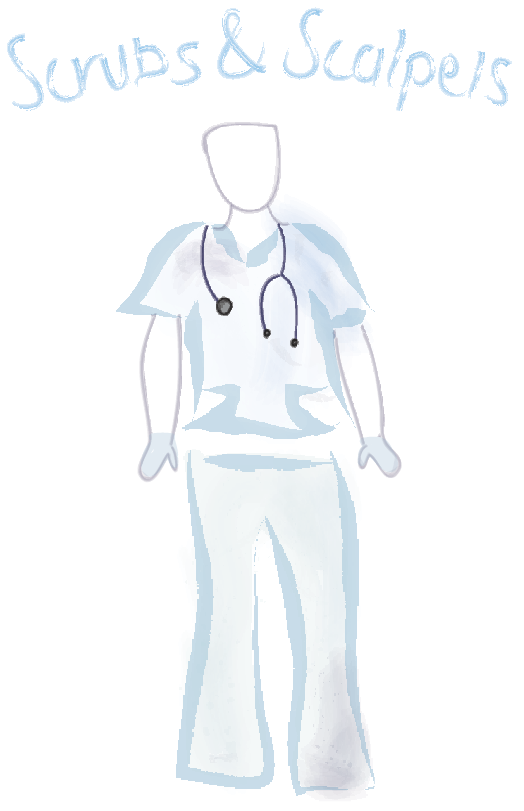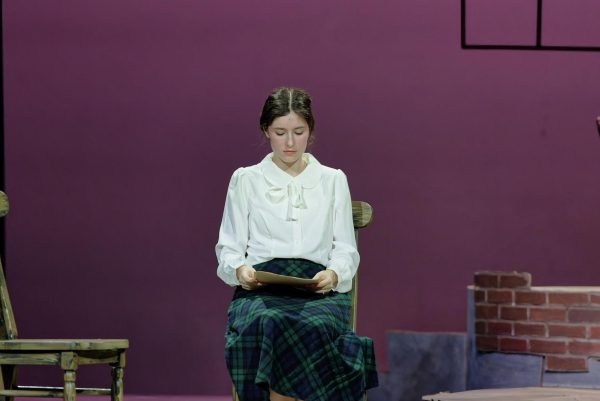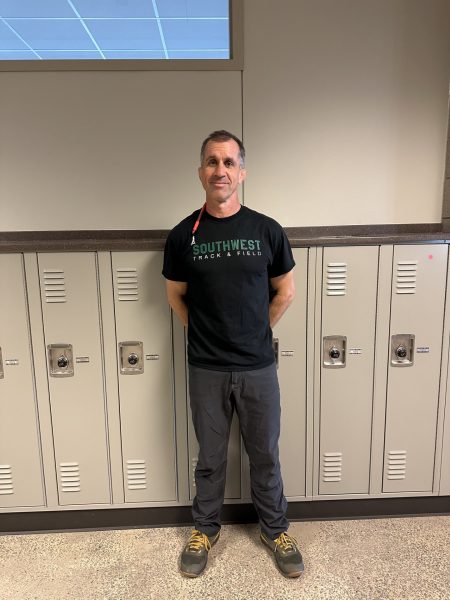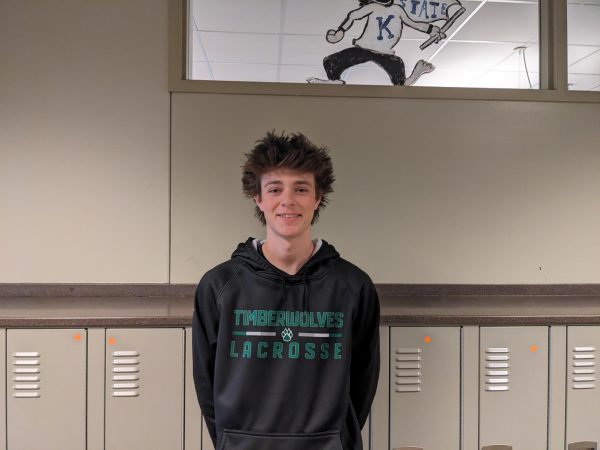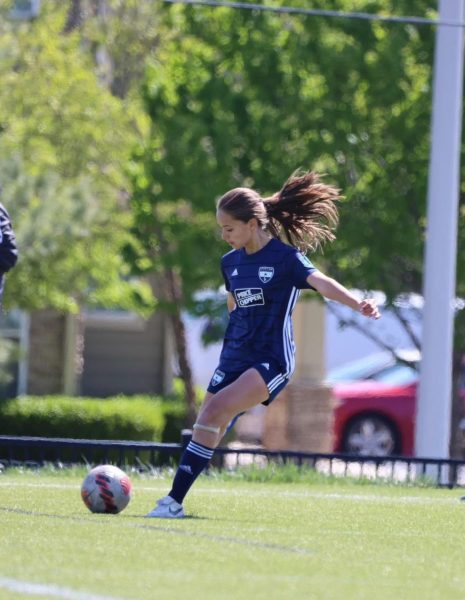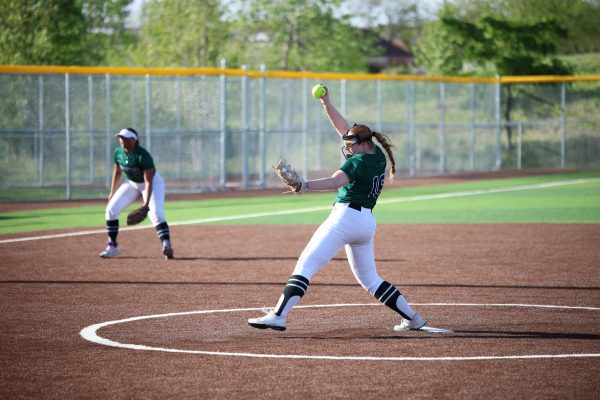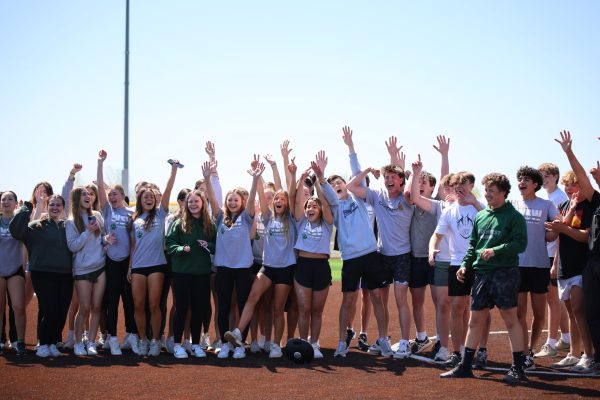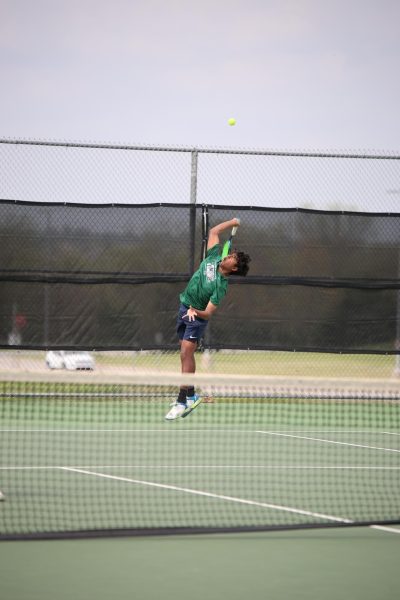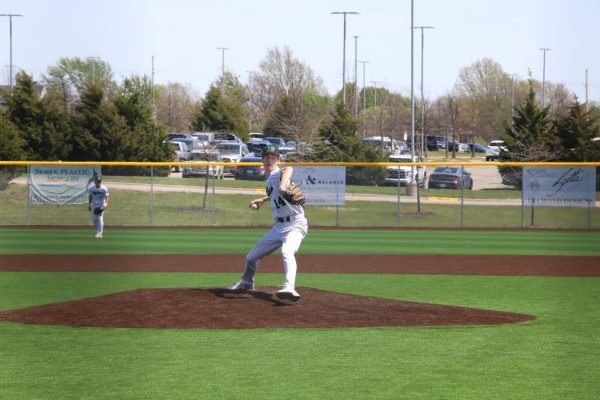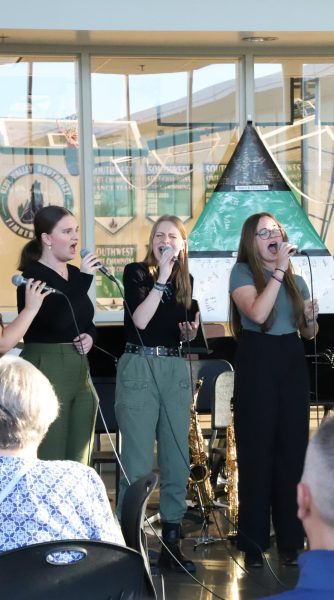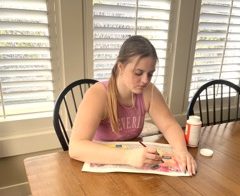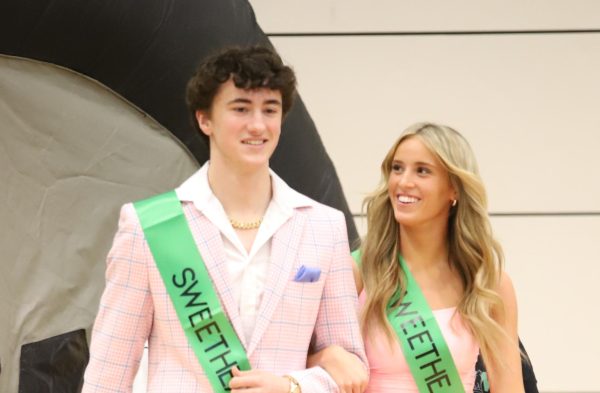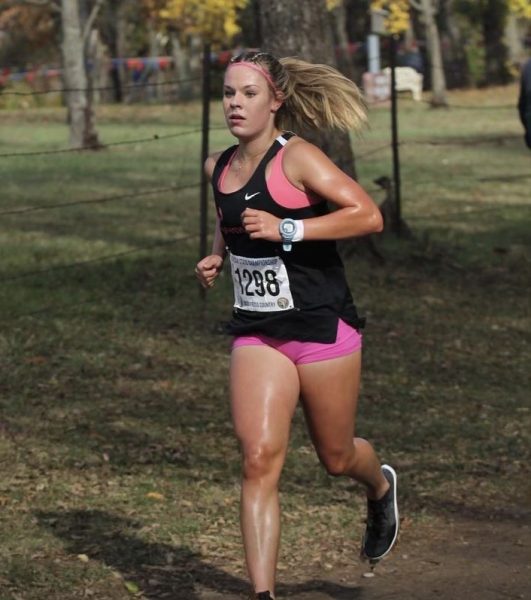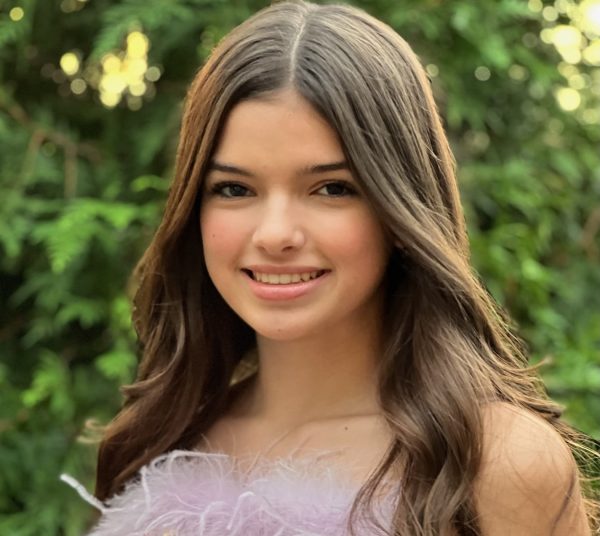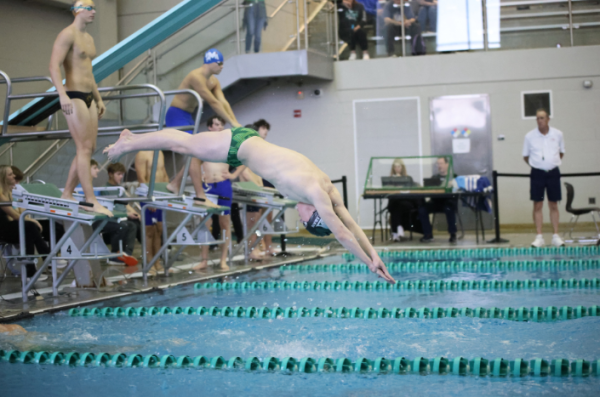Students explain what really happens in Exploring Health Professions
At 5:50 a.m., senior Marise Ibrahim gets up, throws on her scrubs and hops in her car, ready to drive anywhere from 15 to 40 minutes away to hospitals and clinics all over the Kansas City area to follow and observe what a multitude of doctors, nurses, dentists and vets get to do ever day.
Ibrahim is a part of Exploring Health Professions (EHP), a year-long class open to juniors and seniors, in which the students have the opportunity to test out various professions in the medical field.
Filling up a two-hour block, the class rotates between classroom work and shadowing hospitals, small clinics and sometimes private practices. The ultimate goal of the class is to aid students who know they want to go into the medical field, but are unsure of the best choice of profession.
“[EHP] helps [the students] confirm what they are most interested in,” EHP teacher Peggy Fuller said. “It opens their eyes to all possibilities besides being a doctor or a vet or a pharmacist or a nurse. It helps some of them decide when they don’t know what they want to do, [whether] they want to go to med school or nursing school — which one is just going to be better for them.”
The first quarter focuses on getting through legal and ethical matters, like release of liability, immunizations, CPR training and Health Information Privacy Act training in order to learn how to remain confidential regarding patient identity.
In addition, Fuller places heavy emphasis on expanding students’ knowledge on medical terminology. For every medical collegiate program, medical terminology is a required class, but it is a self-study class — students receive their books and then determine for themselves when to take each test. Medical terminology is a major part of the Johnson County Community College final that EHP students take at the end of the year, passing if they earn a 70 percent or above.
Students can receive a total of six credit hours if they complete the full year. Although the credits may not transfer, Fuller said that the advantage of the medical terminology test is that students can go to a four-year school and quiz out of medical terminology and then take a higher level class the first year of college in its place.
When students are not studying medical terminology, they are in room 604 — watching DVDs, PowerPoints, poring over medical readings and taking online tests. However, the real substance happens outside the classroom.
After fulfilling the first quarter requirements, students begin shadowing — visiting vets, dentists and optometrists and observing doctors and nurses at hospitals to better their understanding of what goes on in different settings in the medical field, sometimes witnessing operations that most people wouldn’t get to see on a daily basis.
“My second week of shadowing, there was a patient who had rear-ended a semi going highway speeds and didn’t have a seat belt on,” junior Madison Ruffalo said. “I got to be in the trauma room as they were working [on the patient], so that was definitely a neat experience.”
Students provide their own transportation to the location they are shadowing, sometimes driving as far away as 40 minutes or venturing into downtown areas. Although shadowing time only lasts from 7:45 to 8:45 a.m., the class is a two-hour block because transportation time is taken into account. Yet, sometimes students don’t arrive back at school in time for third hour — or even fourth hour.
“One time I was at St. Luke’s South — which isn’t that far away — but they had a cool procedure on a Thursday,” Ibrahim said. “So I stayed about an hour and a half more, just to watch that procedure.”
Ibrahim contacted Fuller to let her know that she was going to be late so she could get a pass.
“I guess it’s not a big deal — if you’re willing to be late to class, it’s really up to you,” Ibrahim said. “I mean, what are the chances that you’re going to see a cool procedure again?”
Students alternate through multiple departments throughout the year, including the radiology departments, labor and delivery, ER, mother/baby, and spine and joint, but that doesn’t come close to the entirety of the rotations.
Ruffalo said that although you don’t get to see everything, there is sheet that students fill out to put down interests, and the teachers do their best to get the students into their preferred rotations.
Whether someone knows exactly what he or she is going into, EHP provides a chance to get a good overview of many medical professions, some being specific to a certain line of work. Senior Salina Ye, who took EHP her junior year, knew the exact career she wanted from a young age.
“My end game is going to be a cardiothoracic surgeon one day,” Ye said. “I’ve known I wanted to be a doctor since I was nine years old, so I was afraid that knowing that so early on, that I made the dream too big, so once I got in high school, I wanted to make sure that I really, really wanted to be a doctor — that it wasn’t something my family pushed on me, it wasn’t something that I fantasized about for so long that I was just dreaming up all these things, so I decided to take EHP to make sure that I really wanted to be a doctor.”
For those who just want to get in on the action, the students can opt to partake in more broad rotations.
“I’ve always been interested in anesthesiology, and I kind of like chemistry,” Ruffalo said. “I’ve been thinking about that, but I’ve also thought about maybe possibly doing something in the ER, because it’s more exciting. But actually, I’ve thought about being a doctor or a surgeon for the military.”
Many people go through diverse rotations, only to find out what they don’t enjoy as much, which in turn leads them to what they do enjoy — the career paths that are right for them.
“[I found that] I am interested in all the critical stuff — that’s what gets me,” Ibrahim said. “ICU, ER, all that.”
Not only has EHP taught students strictly medical skills, but the class includes information that directly relates to the students right now.
“It’s life skills — they don’t have to go into medicine,” Fuller said.
Ruffalo said that she learned time management and how to communicate with people of higher authority, as well as how to ask questions in a way that gets the direct answer, and, lastly, how to drive better on the highway.
In addition, there are important particulars that some wouldn’t take into account.
“[I’ve learned to be] detail-oriented,” Ibrahim said. “Every detail matters, so when I watch that stuff, the doctors are very detailed and everything. I think being detail-oriented is a skill — well, I mean I was detail-oriented before, but it’s a skill that I got better at.”
In addition, Ye said that EHP really helped her to “understand what it takes to be a doctor,” and taught her to become more compassionate.
“I want to be a doctor so I can make a difference, you know, do something other than breathe air and convert oxygen to carbon dioxide,” Ye said. “I want to do something meaningful with my life, and I want to do research and cure cancer and things like that.”
Regardless of what a student wants to go into, EHP helps him or her make the decisions necessary to discern all the medical career paths.
“Now I have a better understanding of all the different kinds of fields that there are out there,” Ruffalo said. “It’s not just, ‘You can be a nurse or you can be a doctor, or you can be a physician.’ It’s just, ‘You can be 10,000 other things,’ and it’s really given me a different perspective.”
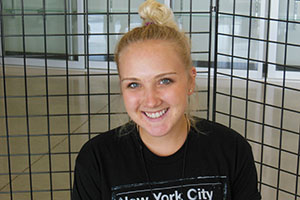
Ellie is a junior and a first-year staffer for the Standard, and is constantly looking for a new adventure. Her hobbies include going on road trips with...
